Our ‘next door neighbour’ just across the hill from here in Bakewell is the Duke of Devonshire and his stately pile of Chatsworth, one of the best-loved houses in Britain.
And one of my favourite mid-winter rambles is this easy seven-mile circular walk from the home of the delicious Bakewell pudding and across Calton Pastures to visit his home and parklands. Winter is one of the loveliest times to take this walk, because you’ll often have the frosty meadows to yourself, and have a better chance of seeing wildlife, such as the herds of deer that graze in the mature Capability Brown-designed grounds.
Related articles
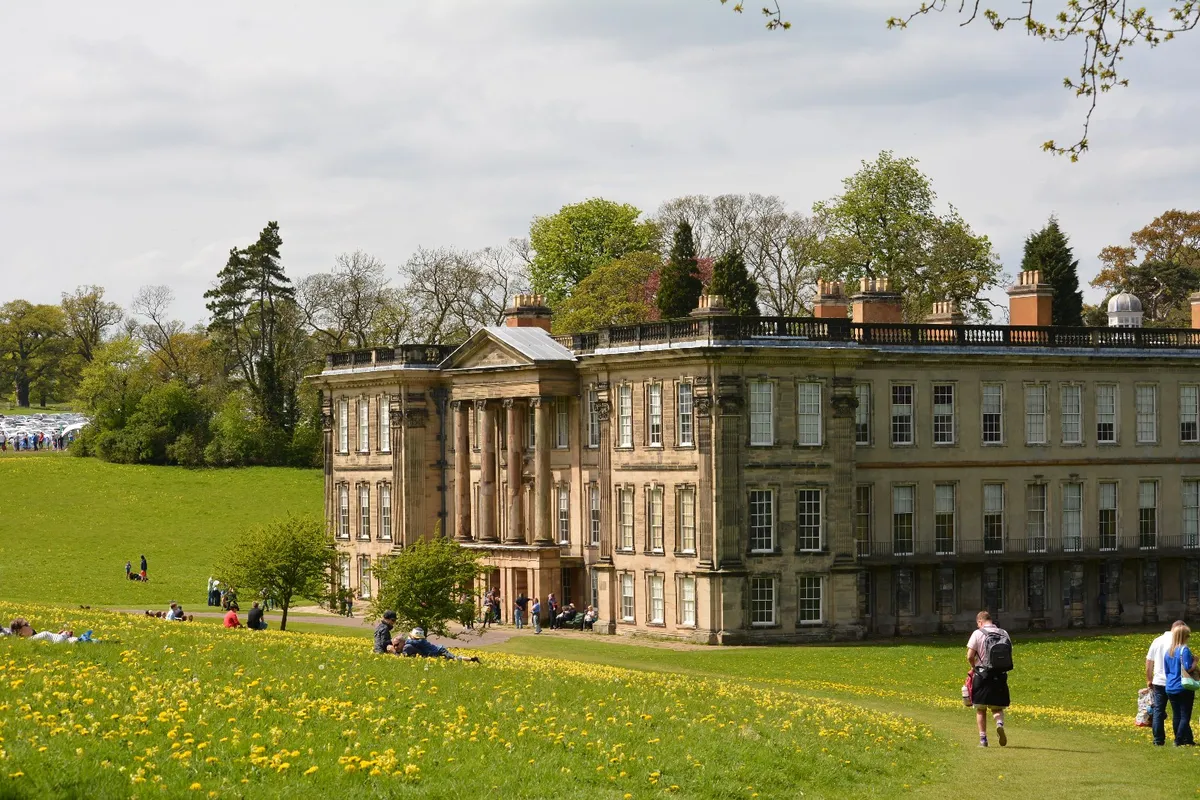
1
Ancient Vistas
The walk goes up across Bakewell golf course – surely one of the most scenic in the country – steeply through bare-branched Manners Wood and across the breezy heights of Calton Pastures. These open grassy meadows are punctuated by a group of 4,000-year-old Bronze Age burial mounds. They are now all fenced in to prevent erosion, but I still like to stand on each of them and admire the same extensive views towards the Eastern Moors and Stanage Edge that our early ancestors must have once enjoyed.
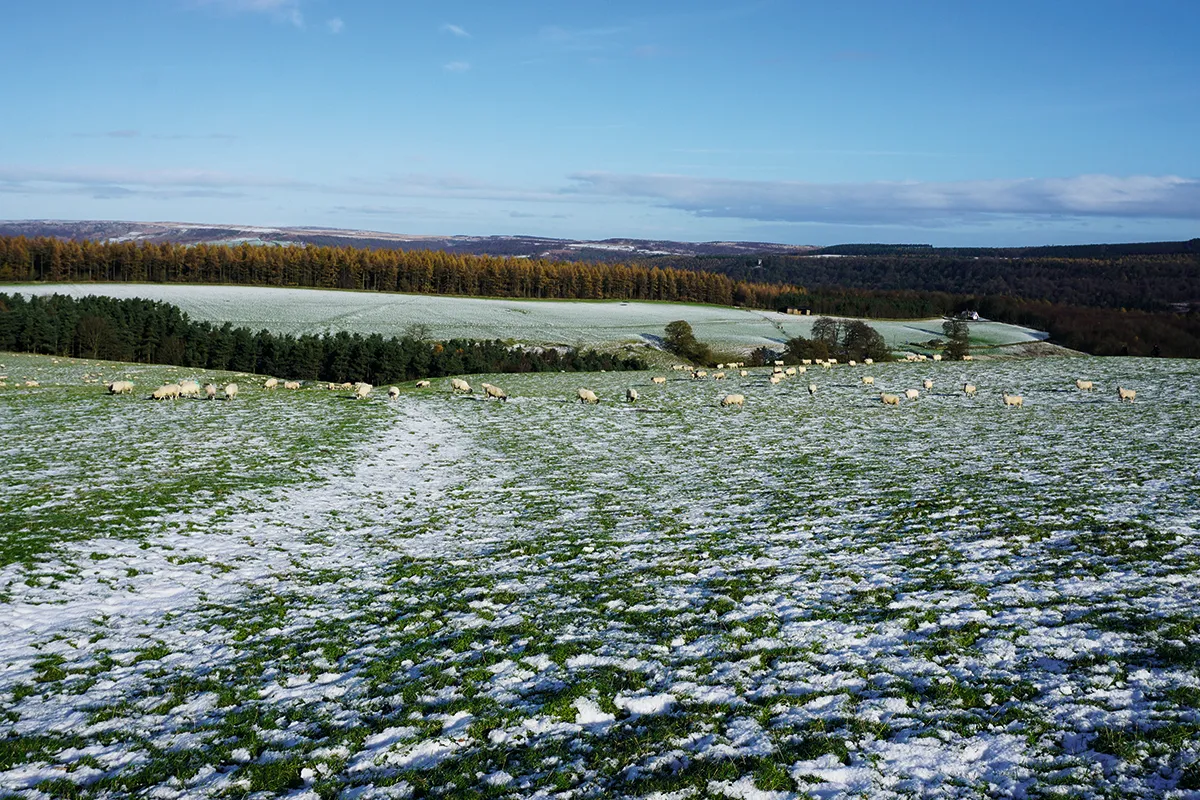
The craters in the top of each provide evidence of the burrowings of Victorian antiquaries like Thomas Bateman, who unearthed patterned burial urns once placed there to allow our forefathers to watch over the living from these exalted vantage points.
2
Last of the Swallows
Climbing the sheep-studded pastures you pass a lovely little reed-fringed pond where, in autumn, I love to watch the swallows take their last drink before their incredible 5,000-mile migration to sub-Saharan Africa. Resident coots usually reveal their presence with a loud “kowk” to ward off intruders.
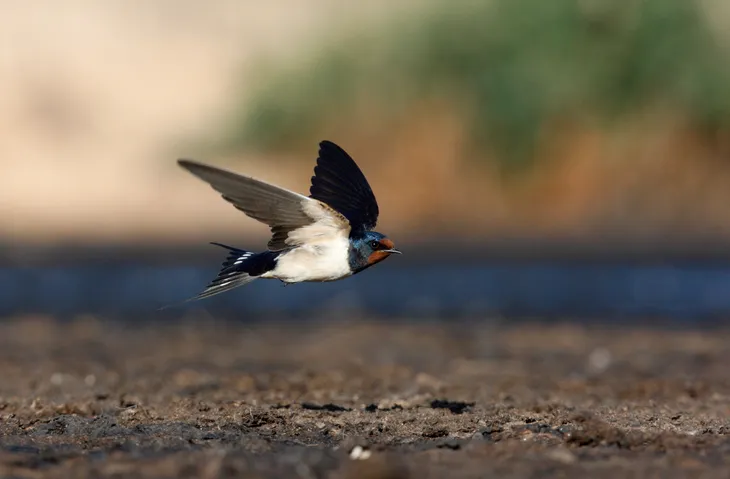
3
Emperor's advent
Cross the broad expanses of Calton Pastures and then turn north to pass the black-and-white Russian Cottage, built by the 6th Duke for a promised visit by his good friend, Russian Tsar Nicholas I, in 1844.
Unfortunately the Tsar, troubled by more pressing matters at home, never came, but the cottage and the famous gravity-fed Emperor Fountain in the gardens of the big house – at 60m one of the highest in Britain – remain.
Passing through a walled lane through the pines of New Piece Plantation, you emerge at a gate to enjoy what must be one of the finest views of a stately home in the country. Down across the valley, Chatsworth’s classical Palladian pile of warm brown sandstone sits on the banks of the Derwent, with the turrets of Bess of Hardwick’s original 16th-century Hunting Tower peeping out over the sombre backdrop of the tall trees of Stand Wood.
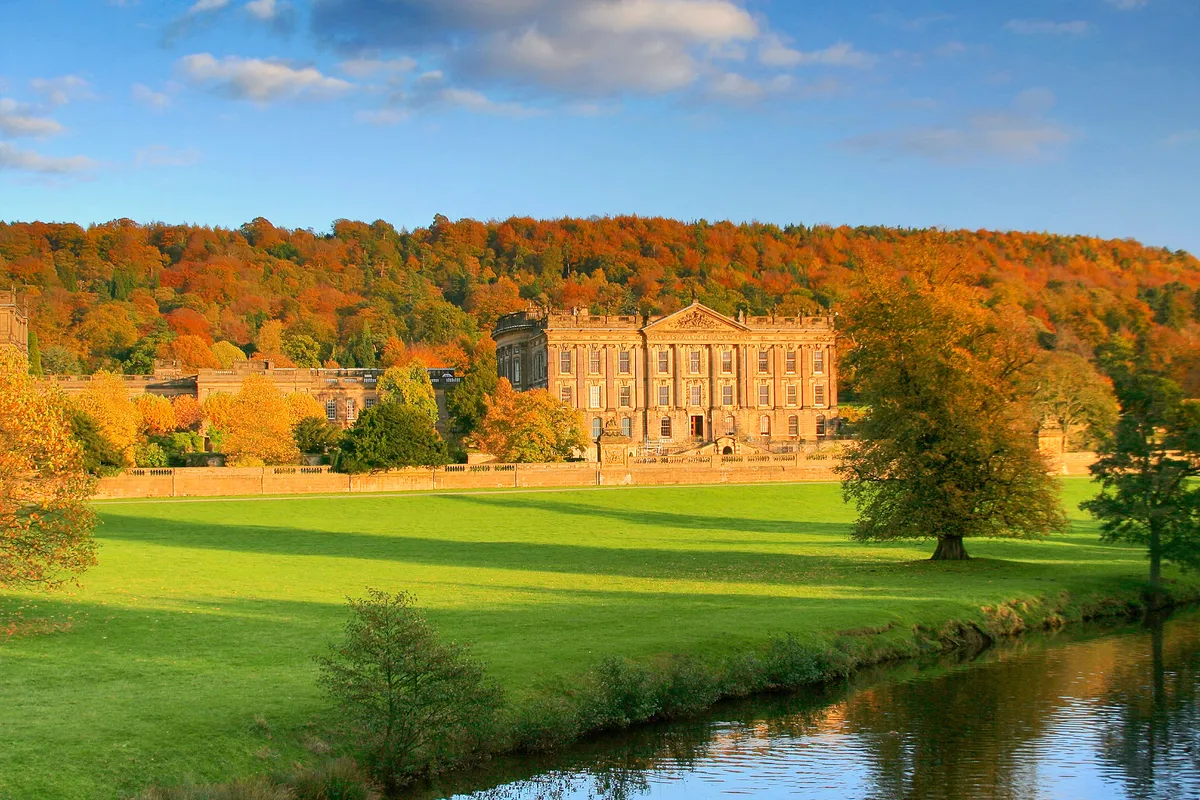
If you are here towards the end of the day, the gilded frames of the house’s windows will glow gold in the dying light like a fairytale palace. Indeed, Chatsworth is still often referred to as ‘the Palace of the Peak’, and you can visit the house, with its sumptuous art collections, and extensive.
4
Stag sightings
You’ll often see Chatsworth’s famous herds of red and fallow deer from here, making their stately way across the rolling parkland. You now descend through that tree-studded Capability Brown landscape, commissioned by the 4th Duke in the late 18th century, towards the house with Edensor (pronounced ‘Ensor’) village to the left.
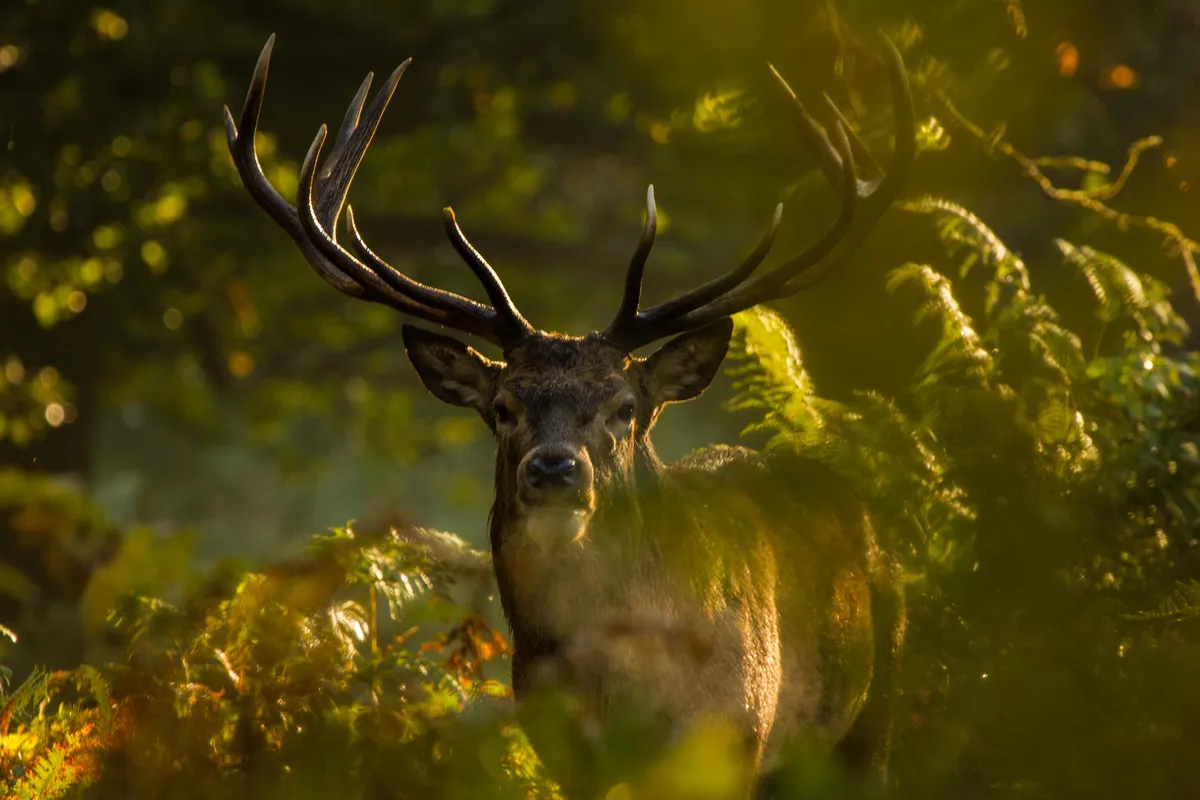
Brown’s wholesale changes swept away the formal Versailles-like gardens, transforming them into a flowing landscape that emphasised the natural lie of the land. One can only wonder at Brown’s extraordinary vision of a landscape that he knew that neither he nor his client would ever see in its maturity themselves.
5
A duke's duty
One of the sweeping changes made by the 4th Duke was altering the course of the River Derwent and creating a new bridge to the house, designed by James Paine. Many of the ‘unsightly’ houses of the ancient village of Edensor were pulled down.

The 6th Duke, known as the Bachelor Duke because he never married, rebuilt the house and gardens on the advice of architect Jeffry Wyatt and his genius gardener Joseph Paxton. This included the wholesale rebuilding of Edensor village, all apparently done from a pattern book by architect JC Robertson between 1838 and 1842. No two houses in the village are alike and the disparate but remarkably harmonious styles range from Italianate villa to Swiss chalet.
The walk returns to Bakewell via the banks of the Derwent, towards Calton Lees and the southern end of the park.
6
Winding way home
Turn east from here up a steep, stony bridleway past Lees Wood and the cottages of Calton Houses and out onto the open spaces of Calton Pastures again.
7
The proof of the pudding
From here, it’s a short step down through Manners Wood and across the golf course, back into Bakewell for tea in one of the many cosy cake shops. But don’t make the common mistake of asking for a Bakewell tart – they’re always known as “puddings” in this charming little market town on the River Wye.
Map
Click on the map below for an interactive version of the route.

Find out more about Chatsworth House.
